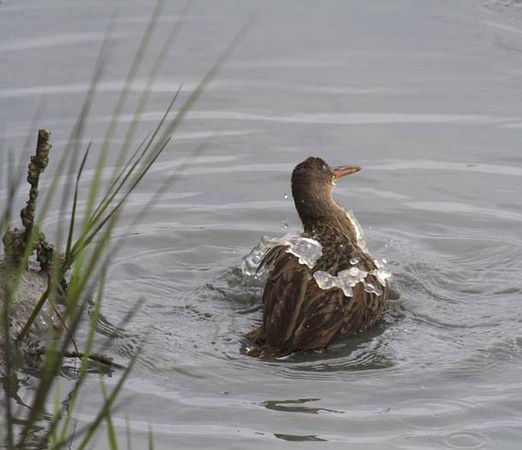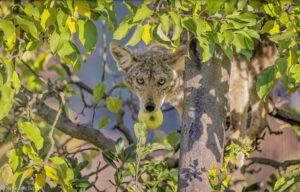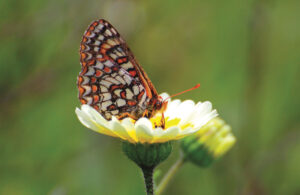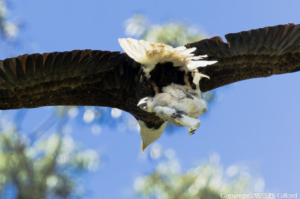The California clapper rail may not be the most distinguished of birds, at least on appearance. Except for the flash of bright orange in its beak, this saltmarsh critter-eater is a mottled gray-brown, about the size of a chicken.
But what it lacks in pizzazz, it seems to make up for in personality. Clappers, as photographer Rick Lewis, has discovered are curious and trusting, making them ideal candidates for portraiture.
There are only a couple thousand California clappers left, mostly in the San Francisco Bay Area. Most of their coastal marshland habitat has been filled in, or otherwise developed. So in a sense they’re poster children for wetlands destruction. Preservation of the species has put the kibosh on a number of bayside developments over the years, earning them special status, or notoriety, in the eyes of conservationists and developers.
One of the better places to view clappers is Arrowhead Marsh, a sliver of land near the Oakland Airport that was restored as wetlands in 2000 after serving as a Port of Oakland dump site. Of course, the clappers (along with the salt marsh harvest mouse) were the inspiration, but if Rick Lewis’ experience with the clappers at Arrowhead is any measure, it’s mighty easy to develop a fondness for these endangered fowl.
Here Lewis describes his experiences getting up close and personal with California clappers at Arrowhead Marsh. All photos by Rick Lewis.
——————————–
These two pics were taken very early on in my clapper experience. Both birds could observe me kneeling quietly next to my tripod. Initially, their trajectory relative to my positon, was fairly straight on, making it difficult to get a clean shot. Then they changed course, kind of a zig-zag manuever, moved closer and apparently were satisfied that I was indeed as advertised. They went about their business and I went about mine.
There were two clappers below the boardwalk calling consistently back and forth, performing a duet. I wasn’t sure of the exact nature of their relationship, but could see the intensity in their demeanor from the frequency of calls and their close pacing. I was standing almost directly above them in plain sight, so they surely knew I was there, and yet they appeared content to play out their drama as if I didn’t exist.
They mated and the male (pictured) let out several calls in succession. The female slipped into the brush and was gone — as all clappers are wont to do on any moment’s notice. By the way, this photo was one of the winners of Sarber’s & EBRPD photo contest and was published in Bay Nature Magazine in 2009.
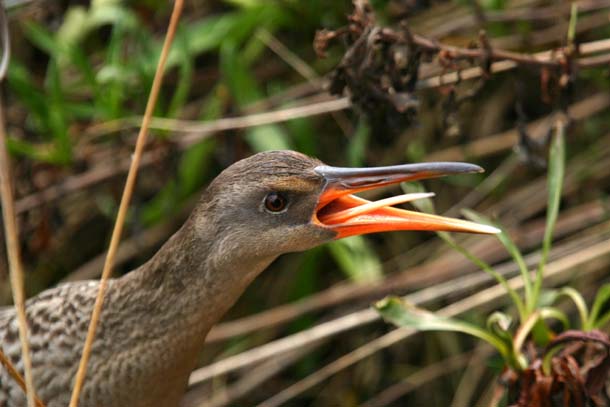
This calling clapper was difficult to observe until it ‘bounced’ out of the brush, held its head up high, and shouted, “Here I am for all to hear and see!” Just in case it wasn’t obvious who was making all that noise.

The other two pics, taken on the same day, show an adult feeding a clam to a youngster which was quickly swallowed whole. This process was carried out repeatedly with two young. Clam feeding was efficient and both young took part. There was another photographer on the deck with me and yet the clappers seemed oblivious to our presence. The clapper family was in full view, fairly close, for about 15 minutes.


Here are some recent clapper shots in which the bird bathed, preened, rested, and came up onto the high grass very near to where I was shooting the event.





